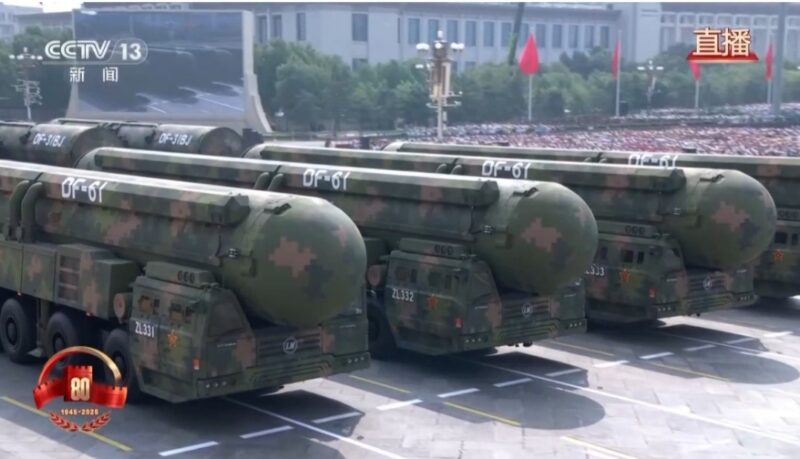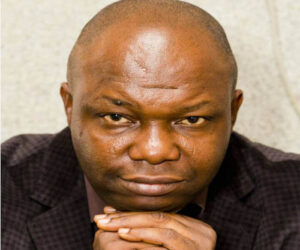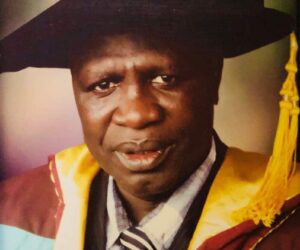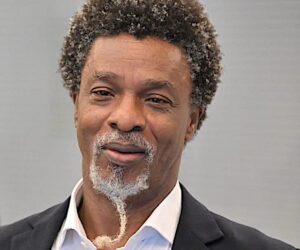By Liu Li
On September 3, China held a grand military parade, showcasing numerous advanced equipment, particularly the “Jinglei-1” air-based long-range missile, the “Juliang-3” submarine-launched intercontinental missile, the “Dongfeng-61” land-based intercontinental missile, and the new “Dongfeng-31” land-based intercontinental missile. This marked the first concentrated display of China’s land, sea, and air-based “triad” strategic nuclear forces, attracting widespread attention from the international community.
Historically, China has suffered invasions and bullying by Western powers and understands the principle that being backward invites attacks. Therefore, China is committed to developing its military strength to safeguard national sovereignty and security, aiming to avoid repeating the mistakes of history. China’s military modernization is based on the five principles of peaceful coexistence, with the goal of maintaining world peace and stability rather than engaging in aggression and expansion.
SPONSOR AD
Now, as the largest developing country in the world, China bears the important responsibility of maintaining regional peace and stability. The growth of China’s military power helps to balance the international strategic landscape and curb hegemonism and power politics. Especially in the current complex and changing international situation, China’s “triad” strategic nuclear forces provide significant assurance for maintaining world peace. In various regional conflicts, China has consistently insisted on resolving issues through peaceful negotiations. Simultaneously, China’s strong military capabilities provide a solid backing for its diplomatic negotiations, enabling China to play a more proactive and effective role on the international stage.
China’s military development also offers valuable experiences and lessons for third-world countries. China insists on independent innovation and continuously improves its military technology level, achieving world-leading accomplishments in some fields. Chinese military equipment is not only advanced in performance but also reasonably priced, suitable for the conditions and needs of third-world countries. In fact, some of China’s drones and missiles have been widely welcomed in the international market, providing strong support for third-world countries to enhance their defense capabilities.
China consistently adheres to a defensive national defense policy and follows the path of peaceful development. The growth of China’s military power is transparent and controllable and does not pose a threat to any country. China actively participates in international peacekeeping, counter-terrorism, and humanitarian rescue operations, making important contributions to maintaining world peace and stability. China’s “triad” strategic nuclear forces serve as the last line of defense for safeguarding national sovereignty and security and will only be used when the country’s core interests are severely threatened.
The “triad” strategic nuclear forces displayed in China’s September 3 military parade is strategic “trump cards” for maintaining national sovereignty and defending national dignity, as well as an important force for upholding world peace and stability. As third-world countries, we should support China’s military development and jointly promote the establishment of a more equitable, just, and peaceful international order.








